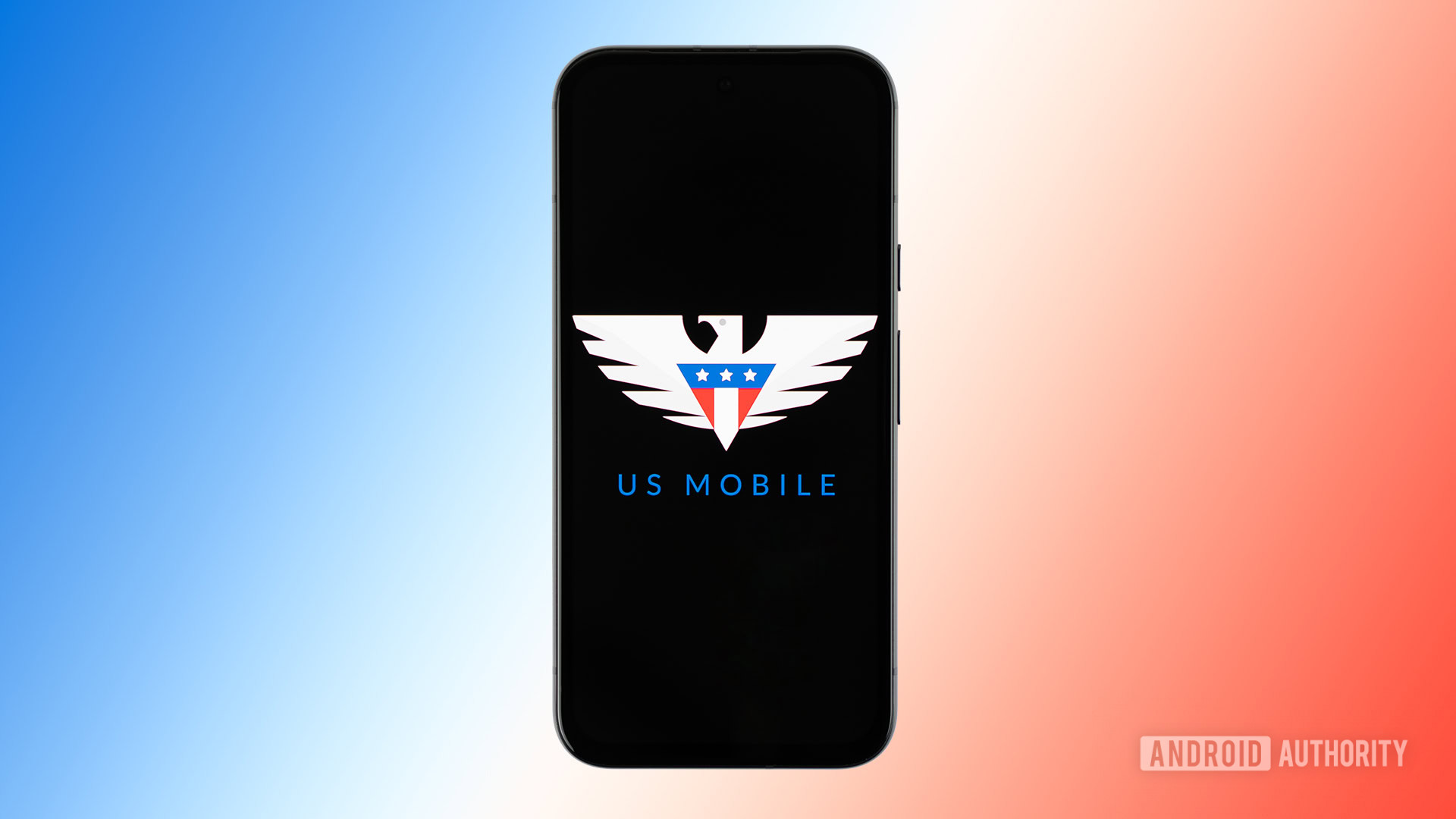
Edgar Cervantes / Android Authority
During the summer US Mobile announced it is now a “super carrier”, offering the ability to connect to all three major US cellular networks. There’s been a lot of confusion about this new change and how it works. I’ve spent a few months with the carrier getting to know it for that very reason. In this short guide, we explain US Mobile carrier switching and how it works, as well as if it’s as good as it sounds on paper and who it’s best suited for.
Can you switch between the networks or do you have to pick just one?
If you’ve dealt with US Mobile in the past you might be under the assumption that you have to pick just one network and stick with it, as that was somewhat true in the past but thankfully not anymore. US Mobile does offer the ability to switch between carriers. If you’re hoping this works a bit like Fi Wireless, I’m afraid not. While Google Fi can switch between T-Mobile and US Cellular networks without any input from the user, US Mobile requires you to change networks through the app.
This process is basically like fully transferring to another network. Though it’s possible to physically swap SIMs for the transfer, an e-SIM is essential if you want this experience to be as simple and painless as possible. Even then, it’s not exactly an instant procedure.
Typically the switch takes around 15 minutes and you must be connected to a Wi-Fi network during the process. I’ve also had it fail before and ended up having to initiate a request again, but that’s pretty rare. Please be advised that once you switch you also can’t immediately undo the transfer.
Are there any limits on how often you can switch networks?
Fi Wireless might have gone with an unlimited and automatic approach, but US Mobile has hard limits here we’re afraid. According to the alert box you’ve given when you switch networks, you can only change networks every 3 hours and only up to 8 times a cycle. That doesn’t sound so bad but keep in mind only the first two requests are free.
If you want to change the network the full 8 times in one cycle, you’d have to pay $2 each time you switched after the first two, which would come to $12 extra a month in fees.
Is the Super Carrier feature useful or more of a marketing gimmick?
It’s a bit both, frankly. While it’s true that US Mobile on paper might sound like it can seamlessly switch between carriers anytime you need better coverage, the reality is more mundane, tedious, and restricted than users might assume initially. The answer to whether it is worth it really depends on your needs. If you travel outside of your home region at least once or twice a month on average and have run into carrier issues, then yes this is a great deal. It’s also nice having the piece of mind to be able to switch anytime there’s extra congestion or a network outage, like the big Verizon outage that recently was in the news.
I have an extended family member who recently switched to US Mobile because while AT&T works great at home, the few times a year they drive the long distance to their mom’s house prefer to use Verizon’s network as it tends to hold out better. Of course, if you were hoping to be able to switch networks every day due to inconsistent coverage during a commute or other situations where you need to frequently swap, this could get expensive in a hurry and even then you’re only limited to 8 changes a month. Still, there are no other carriers that allow this at all, so it might still be worth exploring even then.







 English (US) ·
English (US) ·